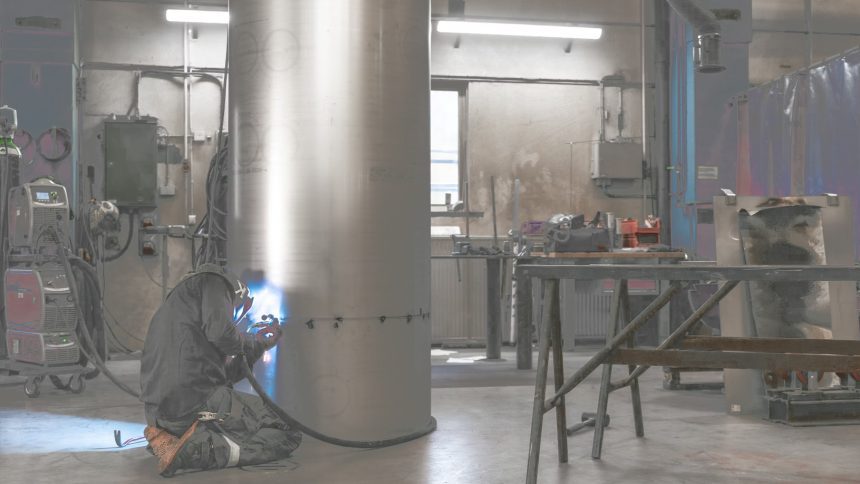Aluminum, an extraordinary and unparalleled metal, boasts a myriad of advantageous attributes that render it a prime choice for diverse projects. Given its exceptional properties, the practice of Tungsten Inert Gas (TIG) welding on aluminum is not an uncommon occurrence.
Aluminum is a difficult material to weld. Here is a guide covering all the major aspects of TIG welding on aluminum.
Welding Town
Deciphering Polarity in TIG Welding: A Critical Element for Aluminum Welding
What Polarity Should I Use?Polarity in TIG welding may seem conceptually simple, but determining the optimal settings can prove to be a challenging endeavor. The arc’s behavior varies significantly depending on the chosen polarity, and given the criticality of welding conditions in aluminum projects, finding the right settings can substantially simplify the welding process.
In TIG welding, as with other arc welding types, an electric current generates the arc. The type of current used profoundly impacts the welding procedure, and there are two primary types: DC (Direct Current) and AC (Alternating Current). Each type finds its strengths in different welding projects.
To comprehend the disparity between AC and DC, consider the following explanation. In DC, the electrons flow consistently in a specific direction, while positively charged particles move in the opposite direction within the electric arc. DC can be divided into two subcategories: DCEN (Direct Current Electrode Negative), where the negative pole is the electrode, and DCEP (Direct Current Electrode Positive), where the negative pole is the base metal.
On the other hand, in AC, the flow of electrons switches direction at a precise frequency, leading to oscillations in polarity. This simultaneous reversal causes positively charged particles to move in the opposite direction of the electrons, resulting in two opposite oscillations. Consequently, the polarity within each cycle shifts between DC negative and DC positive. Understanding and selecting the appropriate polarity is pivotal to achieve optimal results, particularly when working on aluminum welding projects.
AC or DC on Aluminum
Optimal Current Type for TIG Welding on Aluminum: AC Takes the Spotlight
Now, let’s delve into the crux of determining the superior current type for TIG welding on aluminum. Among the most commonly utilized metals, both magnesium and aluminum find favor with AC output. This stands in contrast to stainless steel and general steel, where DC output typically emerges as the preferable choice. Therefore, for the majority of aluminum alloys and various welding positions, I strongly advocate using AC as the optimal current type.
In summary, when it comes to TIG welding on aluminum, employing AC output will undoubtedly yield favorable results, ensuring efficient and effective welds on this versatile metal.
DCEN vs DCEP
DCEP: The Versatile Polarity for Stick and MIG Welding
Reverse Polarity, also known as DCEP (Direct Current Electrode Positive), serves as the standard polarity for both Stick and MIG welding. In MIG welding, when using gas without metalcore or flux, electrode positive becomes necessary. However, with metalcore and dual shield variations, the polarity requirements can differ.
DCEP offers a more stable arc in general, particularly in stick welding applications. On the contrary, when welds require light penetration, employing DCEN (Direct Current Electrode Negative) is preferable if the electrode is designed to run under either polarity.
By understanding the significance of DCEP polarity in Stick and MIG welding, welders can optimize their welding processes and achieve desired outcomes.










